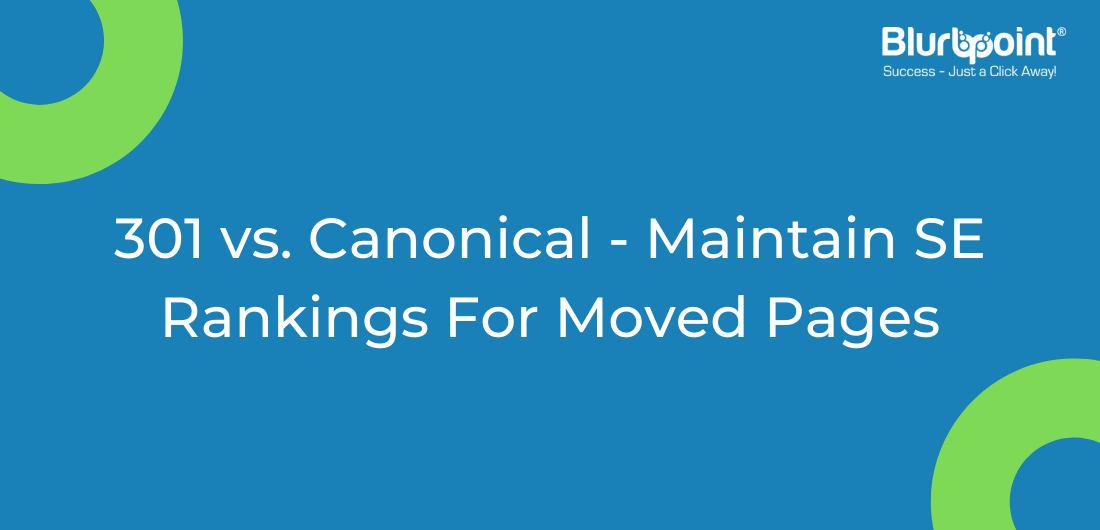GET A FREE CONSULTATION



Posted by Sanket Patel
October 03, 2012
301 redirects and canonical URLs are two different means to notify search engines which version of a page is supposed to be indexed and publicized in search results.
The 301 redirects are mainly used in order to help visitors and search engines to locate parts of content that have been repositioned to a new URL. This is generally performed when the content has been permanently transferred. In simple words, a 301 redirect is an enduring deviation from an old URL to a fresh one. It is up to the webmaster to place the page on the same domain or on some different domain. He can decide where he wants to redirect a page, file or image.
With the application of 301 redirects, the users will get the message from the search engine regarding the movement of the old page to a new address and they will crawl the page directly from the new location. Therefore, 301 redirects are on the whole helpful in:
On the other hand, Canonical URLs are mostly used for telling search engines that a specific collection of pages have identical content and the canonical URL appearing in the header of every duplicate page is the version that should be made known on search results. This is basically used to avert indistinguishable text and content from the search engine so that the effectiveness of your page does not have an effect on any search.
Canonical URLs can be used when your site has a large number of ostensible duplicate pages. In this case, Google or any other search engine might get hesitate to rank it and may apply a duplicate content penalty on your site and can fully remove your site from search results. The finest manner to deal with this situation is to use a canonical URL tag on the head section of each page of your site. When the search engines observe this canonical tag, they will recognize that all the pages are related and they need not index any of them. In its place, it is the canonical version that should be indexed and publicized on search result pages. Canonical URLs are on the whole helpful when:
Thus, it is clear now that 301 redirects are generally used when the content has been permanently transferred to another domain and Canonical URLs are just a hint to Google that the pages are related.